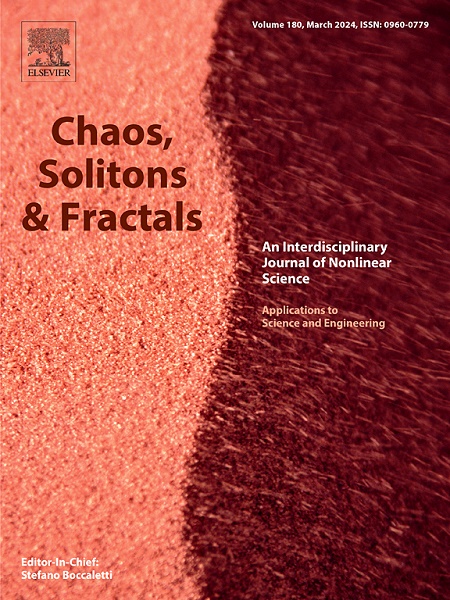Bidirectional long short-term memory attention neural network to estimate neural mass model parameters
IF 5.3
1区 数学
Q1 MATHEMATICS, INTERDISCIPLINARY APPLICATIONS
引用次数: 0
Abstract
Mild Cognitive Impairment (MCI) is a precursor stage of Alzheimer's disease. The effective utilization of electroencephalography (EEG) in the analysis of neuronal populations through mathematical models of the brain is imperative for the study of the neurophysiological mechanisms underlying MCI. The research performs multi-parameter reverse identification of EEG in patients with MCI by combining the neural network model and the Jansen-Rit Neural Mass Model (J&R model) and then studying the brain function problems of MCI patients. We proposed the Bidirectional Long Short-term Memory Attention (BiLSAT) model by integrating the Bidirectional Long Short-term Memory (BiLSTM) network with the Attention mechanism. The BiLSAT model is designed using an encoder-decoder architecture that combines the BiLSAT model with the J&R model through a loss function. We compared the BiLSAT model and the Unscented Kalman Filter (UKF) algorithm through multi-parameter experiments. Degradation experiments demonstrated that the BiLSTM module and the Attention module enhance the performance of the BiLSAT model. The results of the multi-parameter experiments showed that the BiLSAT model demonstrates higher accuracy in multi-parameter identification compared to the UKF algorithm. We used the BilSAT model to estimate the parameters of the EEG data of the healthy elderly group and the MCI group. The results showed that the excitatory-inhibitory balance in the brains of patients with MCI was dysfunctional. In this study, a novel inverse identification method for the J&R model is proposed. This method is intended to address the limitations of the conventional UKF algorithm, which has been observed to suffer from inaccurate multi-parameter identification. The proposed method offers a novel perspective for future research in this field.
求助全文
约1分钟内获得全文
求助全文
来源期刊

Chaos Solitons & Fractals
物理-数学跨学科应用
CiteScore
13.20
自引率
10.30%
发文量
1087
审稿时长
9 months
期刊介绍:
Chaos, Solitons & Fractals strives to establish itself as a premier journal in the interdisciplinary realm of Nonlinear Science, Non-equilibrium, and Complex Phenomena. It welcomes submissions covering a broad spectrum of topics within this field, including dynamics, non-equilibrium processes in physics, chemistry, and geophysics, complex matter and networks, mathematical models, computational biology, applications to quantum and mesoscopic phenomena, fluctuations and random processes, self-organization, and social phenomena.
 求助内容:
求助内容: 应助结果提醒方式:
应助结果提醒方式:


